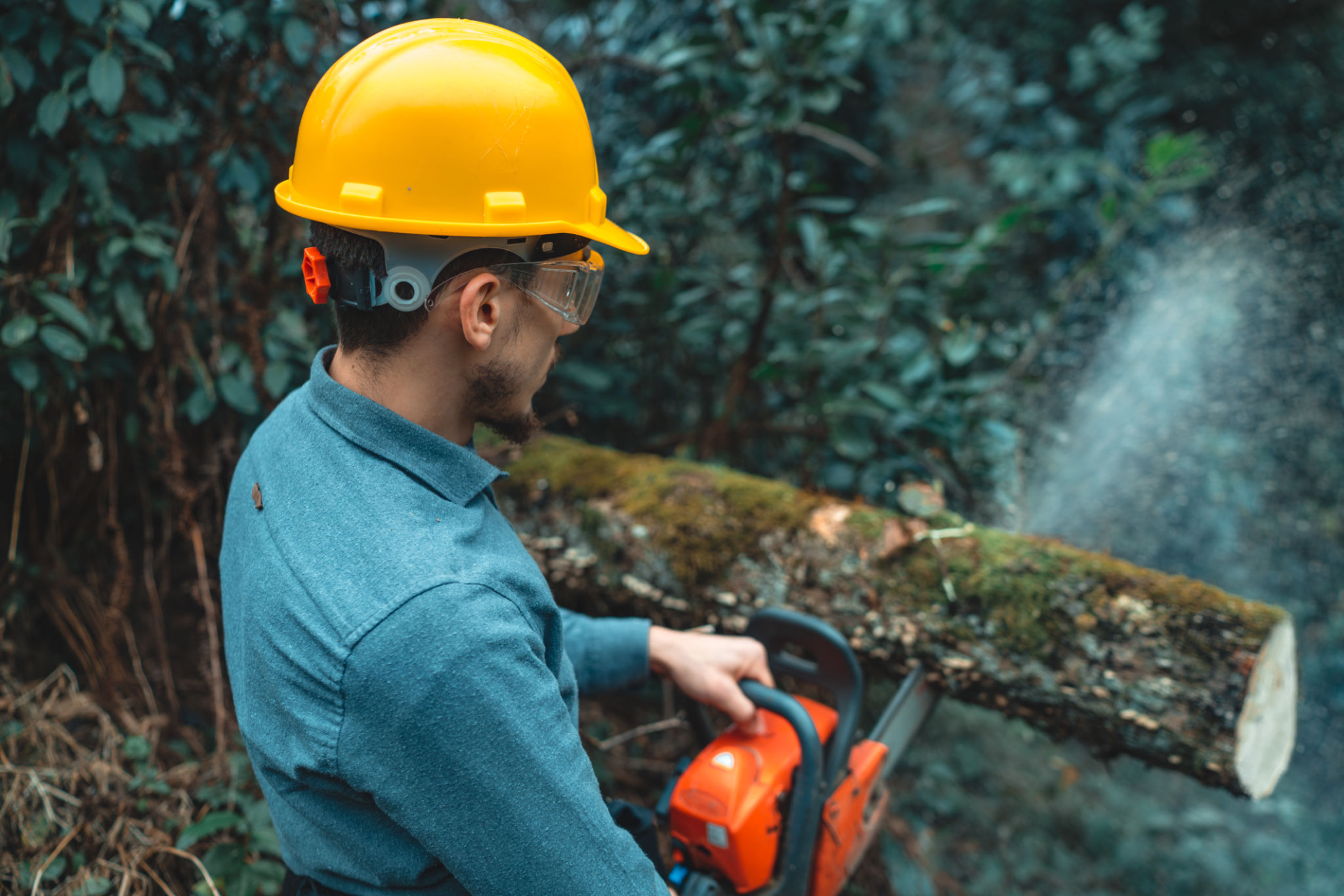DIY Tree Pruning: A Step-by-Step Guide for Homeowners
Pruning trees in your yard can seem daunting, but learning how to do it yourself can save money and keep your landscape healthy. With the right tools and techniques, you can master the art of tree pruning. This guide will walk you through the essentials of DIY tree pruning.
Understanding the Basics of Tree Pruning
Pruning is essential for maintaining the health, safety, and aesthetics of your trees. It involves removing dead or overgrown branches to promote growth and prevent potential hazards. Understanding the right time and method to prune is crucial for optimal results.
The best time to prune most trees is during their dormant season, typically in late winter or early spring. This timing helps minimize stress on the tree and reduces the risk of pest infestations.

Gathering the Necessary Tools
Before you start pruning, ensure you have the right tools. Having the proper equipment makes the process safer and more efficient. Here's a list of essential tools:
- Pruning shears for small branches
- Loppers for medium-sized branches
- Pruning saw for larger branches
- Gloves and safety goggles for protection
Ensure your tools are sharp and clean to make precise cuts and prevent the spread of disease between trees.
Step-by-Step Pruning Process
Follow these steps to effectively prune your trees:
- Inspect the tree: Look for dead, damaged, or diseased branches.
- Start with dead branches: Remove these first to clear the way.
- Thin out crowded areas: Eliminate branches that cross or rub against each other.
- Shape the tree: Trim to maintain a natural form, avoiding excessive cutting.

Pruning Safety Tips
Safety should always be a priority when pruning trees. Here are some tips to keep you safe:
- Never prune near power lines; call a professional for assistance.
- Use a sturdy ladder if you need to reach higher branches.
- Wear protective gear such as gloves and goggles to prevent injuries.
Maintaining awareness of your surroundings and working with a partner if possible can also enhance safety.
Common Mistakes to Avoid
Pruning mistakes can harm your trees and compromise their health. Avoid these common pitfalls:
- Avoid cutting too close to the trunk, which can damage the tree's growth.
- Do not remove more than 25% of the tree's foliage in one season.
- Refrain from topping trees, which can lead to weak growth and disease.

By avoiding these mistakes, you can ensure your trees remain healthy and vibrant.
Conclusion
DIY tree pruning can be a rewarding task that enhances the beauty and health of your landscape. By understanding the basics, using the right tools, and following safety guidelines, you can confidently prune your trees. Remember, when in doubt, consult a professional arborist to ensure the best care for your trees.